The current status of research - NUCLEON
Main menu:
- Home
- Science
- Experiment NUCLEON
- Current status
- Collaboration
- Education
- Publication
- Multimedia
Science
The
galactic cosmic rays (GCR) is usually defined as flows of ultra-relativistic
charged particles that fill the interstellar space. Cosmic rays are presented
with hadrons and leptons components. Hadron (otherwise - nuclear) GCR component
consists of nucleus of chemical elements starting with protons (hydrogen
nucleus) to the nucleus, much heavier than iron core, and antiprotons (heavier
antinucleus have not been found yet). Lepton component consists of electrons
and positrons. Although the hadron component is strongly dominates, the
presence of lepton components is also very important for understanding the
nature of cosmic rays, since it may contain important information about the
nearest sources of cosmic rays.
GCR
is one of the most important component of the interstellar medium, if only
because their spatial energy density (about 1.5 eV / cm3) is comparable to the
energy density of interstellar electromagnetic radiation field (from the
microwave background to the ultraviolet radiation of stars - about 1 eV / cm3),
with the energy density of the magnetic field (6 QGSM field in the solar area corresponds to the energy
about 1 eV / cm3) and the average density of the kinetic energy of the
interstellar gas (~ 1 eV / cm3). Because of this, the GCR nuclear component
itself requires the most careful and comprehensive examination at least in
terms of potential practical applications - from issues of radiation safety of
space flight and space materials to the evolution theory and the origin
problems of life. The knowledge of GCR nuclear component is the basis for
calculating of secondary particles fluxes, such as diffuse cosmic gamma
radiation, fluxes of atmospheric muons and neutrinos. All of this is important
for the solution of various problems of astrophysics.
The
origin of cosmic rays is the most important theoretical problem. The energy
spectrum of cosmic rays in a wide energy range - from about 1010 eV
to 1020 eV per particle, over 10 orders of magnitude, has a form
quite close to the incident power function with an exponent of about 2.5 to
slightly more than three (changes throughout this energy range). In the early
1960s, V.L. Ginzburg and S.I. Syrovatsky had shown earnestly that the main
features of the cosmic rays behavior, including a full range of energy and
power energies, are in good agreement with the assumption that the main source
of GCR are shells of supernova explosions. In the late 1970s, this assumption
was reinforced by the particle acceleration theory and the shock of the
expanding supernova shell by G.F.Krimskiy and A.P.Bell. From which it followed
that the particle acceleration in supernova shells should lead to the power
spectrum of energy with the universal indicator, close to the two, which
together in terms of the leakage of cosmic rays from the Galaxy lead to the
observed energy spectrum.
Today
the theory of cosmic rays origin in supernova remnants is generally accepted.
In spite of that, many features of CR physics are not understood, and also
there are a lot of ambiguities and contradictions for observed behavior of
cosmic rays. The most famous feature of the CR spectrum, which violates a
simple power behavior, is the so-called "knee" of cosmic rays. It’s
the spectrum fracture near the 3x1015 eV energy. It was discovered
by SINP MSU employees – G.B.Christiansen and G.V. Kulikov in 1958 when they
analyze the CR spectrum with the use of indirect methods of extensive air
showers (EAS). The nature of knee is not quite clear so far. Is it an indicator
of the limit of CR acceleration in the shells of supernova, or perhaps it is a
consequence of some features of CR extension in the Galaxy - all of these
issues continue to be debated. In this connection the research of behavior
details of the CR chemical composition near the knee is gaining the importance.
Until now, the knee is studied only by indirect EAS methods, but these methods
give only poor and approximate information about CR chemical composition. A
much more accurate information (with individual charge-particle resolution) can
be obtained with the use of so-called direct method, where the CR particles
recorded not indirectly by monitoring the development of extensive air showers,
but directly to the experimental setup - spectrometer. The spectrometer requires removal of the limits
of the atmosphere for direct observation of cosmic rays, which is achieved in
the high-altitude balloon experiments in space missions. The NUCLEON tool is
precisely the space spectrometer, designed in particular for the study of
chemical composition and spectra of individual nucleus near the knee. However,
this is not the only scientific mission of NUCLEON Observatory.
The NUCLEON
spectrometer can be useful in solving the following existing and actual
problems:
1. The
ATIC experiment indicated the non-power behavior of the energy spectra of
protons and helium in the energy range 200-400 GeV / nucleon in the form of
spectrum deflection. This result was later confirmed indirectly in CREAM
experiment, directly observed in the form of a rather sharp fracture in PAMELA
experiment, but the AMS-02 experiment significantly showed a power-law behavior
of the spectra (Fig. 1).
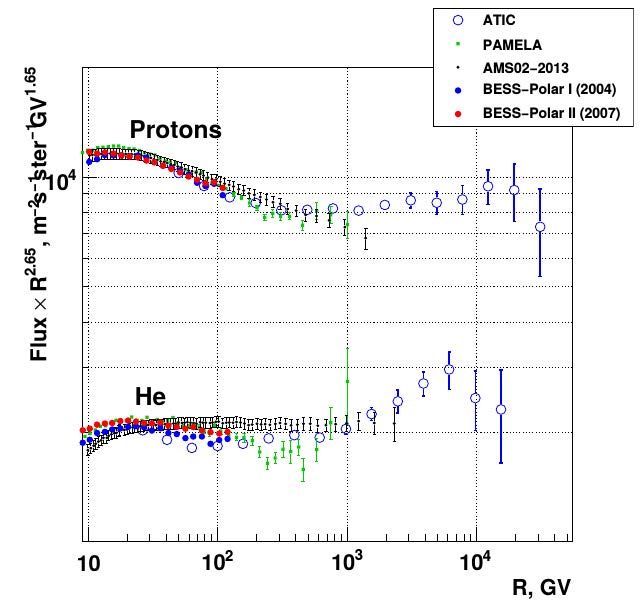
Fig. 1
There
is a contradiction in the experimental results, which may be solved with the
use of new experiments, including the NUCLEON.
2. ATIC
and CREAM experiments disclose a violation of power-law behavior in the spectra
of heavy nucleus at energies scale of 500 GeV / nucleon in the form of spectra
stuffing, but the result in both cases is not provided enough with statistics
(Fig. 2 and 3). TRACER experiment was not directly confirmed this phenomenon,
but also It was not in obvious contradiction with him, since statistics was not
enough for certain statements. The existence of the effect should be tested
with the use of higher statistics.
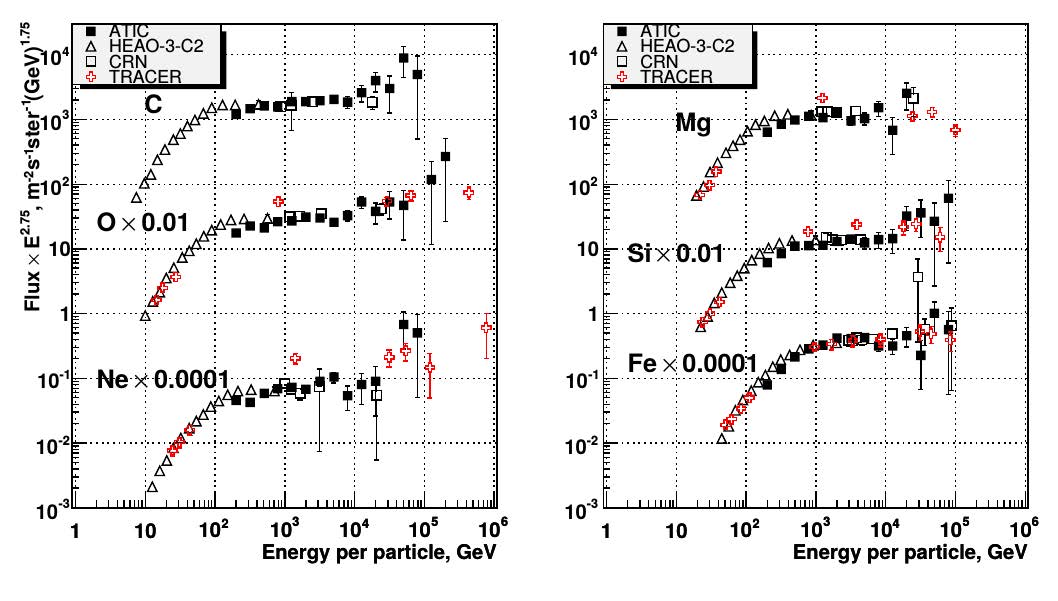
Fig. 2 Spectra stuffing of heavy nucleus in ATIC
experiment
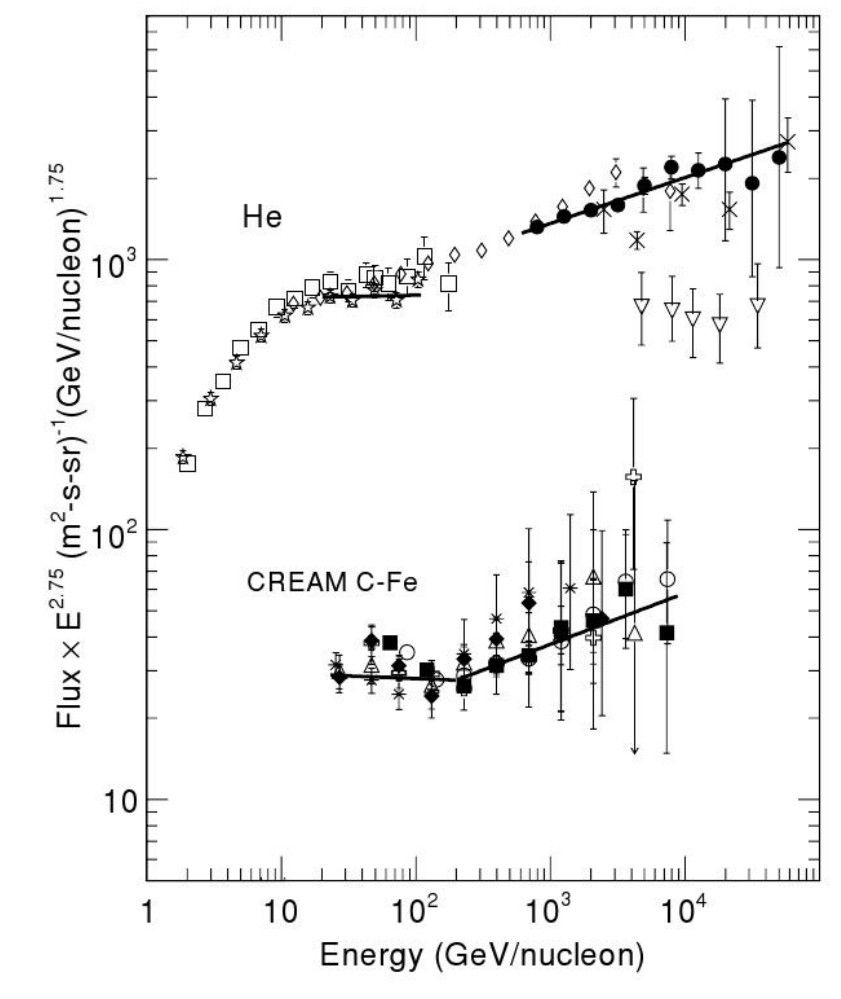
Fig. 3. Spectra stuffing
of heavy nucleus in CREAM experiment
3. The
ratio of streams of secondary to primary nucleus, as B/C, carry important
information on the distribution of the nucleus in the Galaxy, and must be
carefully measured to a higher energy as possible. Meanwhile, there are
sufficiently reliable experimental data for the B/C ratio only up to energies
of about 30-40 GeV / nucleon, where data from different experiments are
consistent with each other. There are measurements at higher energies, but part
of the data (Pamela, AMS-02) is preliminary and has not been published yet.
Other data have low statistical reliability and indicate the different behavior
of ratio (either it falls or begins to grow, Fig. 4). Data at high energies are
severely lacking.
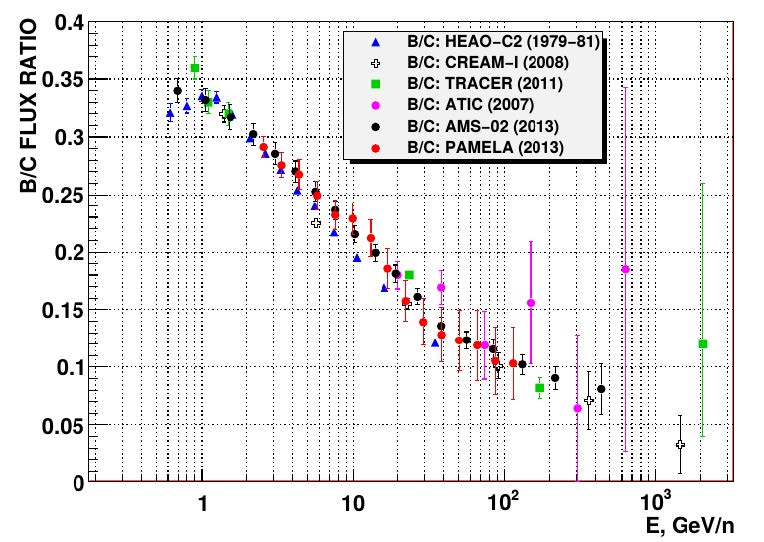
Fig. 4. The B/C ratio as a result of various
experiments.
4. There
was a sudden fracture instead of the expected stable fall in the HEAO-2-C2,
ATIC and TRACER experiments in the flows ratio of heavy nucleus, containing a
large proportion of secondary components to the iron flow (Fig. 5). The result
has a low statistical reliability. It should be noted that the received result
is qualitatively consistent with the results for TRACER B/C experiment, which
has a low statistical significance (there is a fracture in the dependence). But
it contradicts with a good statistical support of AMS-02 data (no fracture),
however the data have a preliminary nature. The situation is very complicated.
The existence of fracture in the flow ratio of heavy nucleus to the iron flow
should be tested in new experiments with significantly improved statistics.
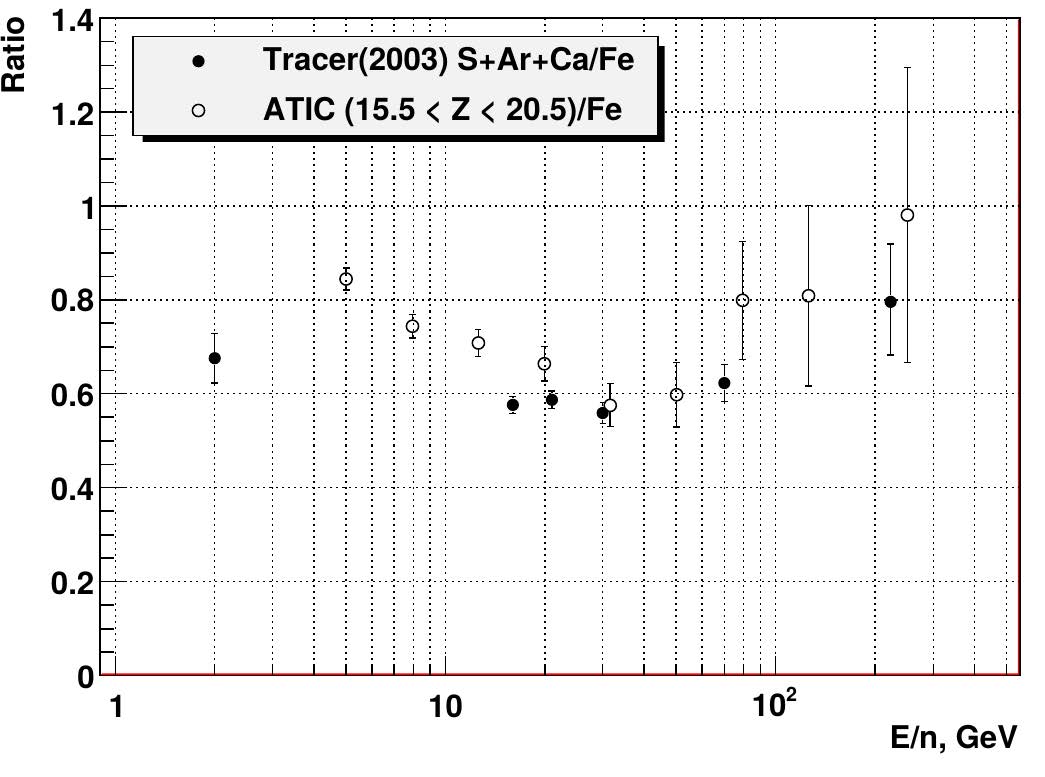
Fig. 5. The fracture in the flow ratio of heavy
nucleus to the iron flow.
5. There
is an unexpected deflection in a ratio of the heavy nucleus to the iron core
(C/Fe, O/Fe) in ATIC and TRACER experiments. But the statistical reliability of
the effect is not low (Fig. 6). The existence of the effect must be tested in
new experiments.
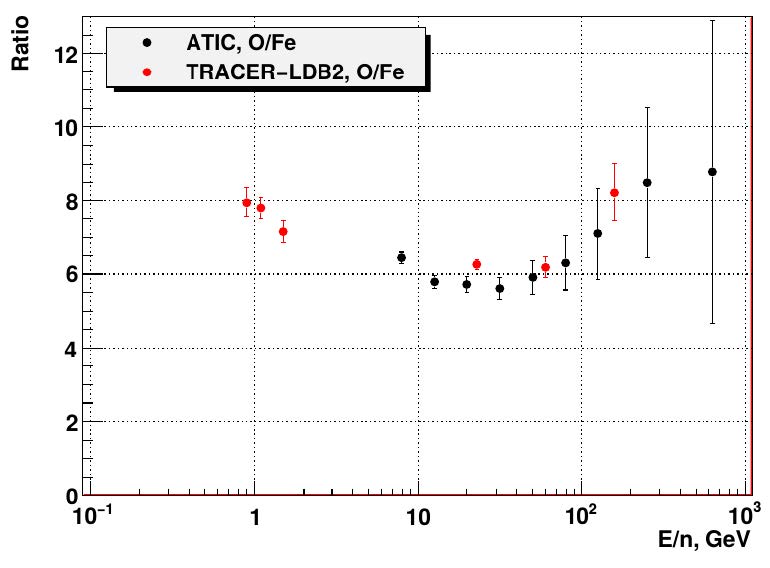
Fig. 6. The deflection in the ratio of O/Fe
flows according to ATIC and CREAM experiments.
6. The
experimental data for the energy spectrum of cosmic ray protons indicates the
possibility of spectrum fracture (the "knee") in the area of 10-20
TeV energy, but the effect is poorly provided both statistically and
methodologically (data from different experiments in poor agreement). See Fig.
7 and Fig. 8. The possibility of fracture should be tested in new experiments.
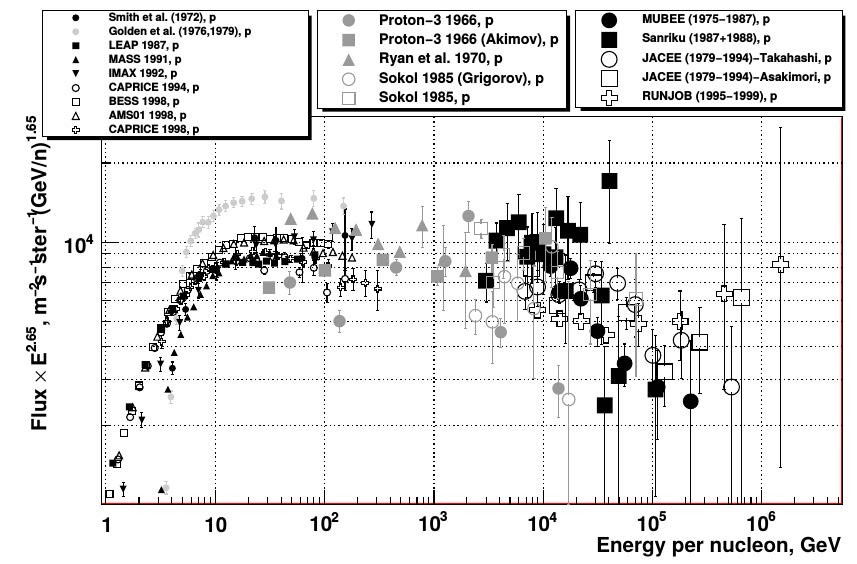
Fig. 7. Possible fracture in the proton spectrum
near 10-20 TeV - early experiments (before ATIC and CREAM)
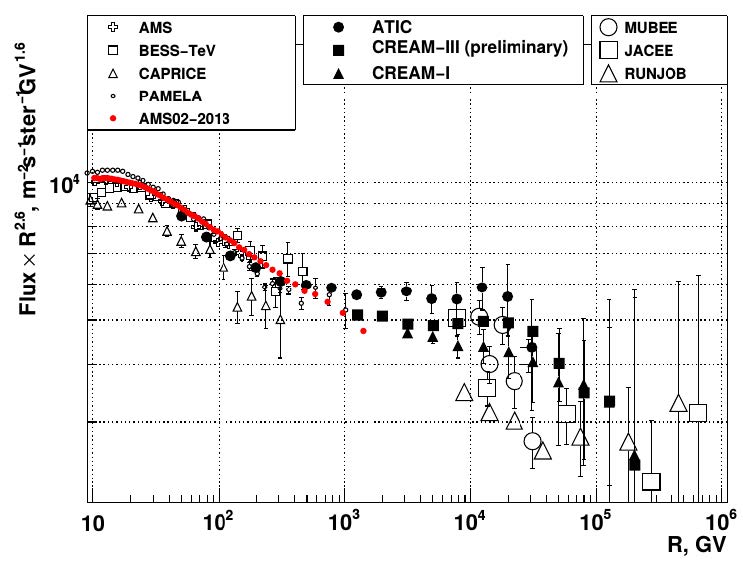
Fig. 8. Possible fracture in the proton spectrum
near 10-20 TeV – ATIC, CREAM and some others experiments.
7. Experimental
information about the spectrum of CR electrons at energies above 200 GeV is
highly contradictory. ECC (Nishimura et. Al), PPB-BETS and ATIC experiments
indicate the existence of heavy bump in the 200-600 GeV. PAMEALA and AMS-02
experiments show the power-law behavior of the spectrum. Fermi, HESS and MAGIC
experiments lead to medium result (Fig. 9). Obviously, we need a new
measurement to produce a well provided result (statistically and
methodologically) on the form ratio of the electron energy spectrum at high
energies.
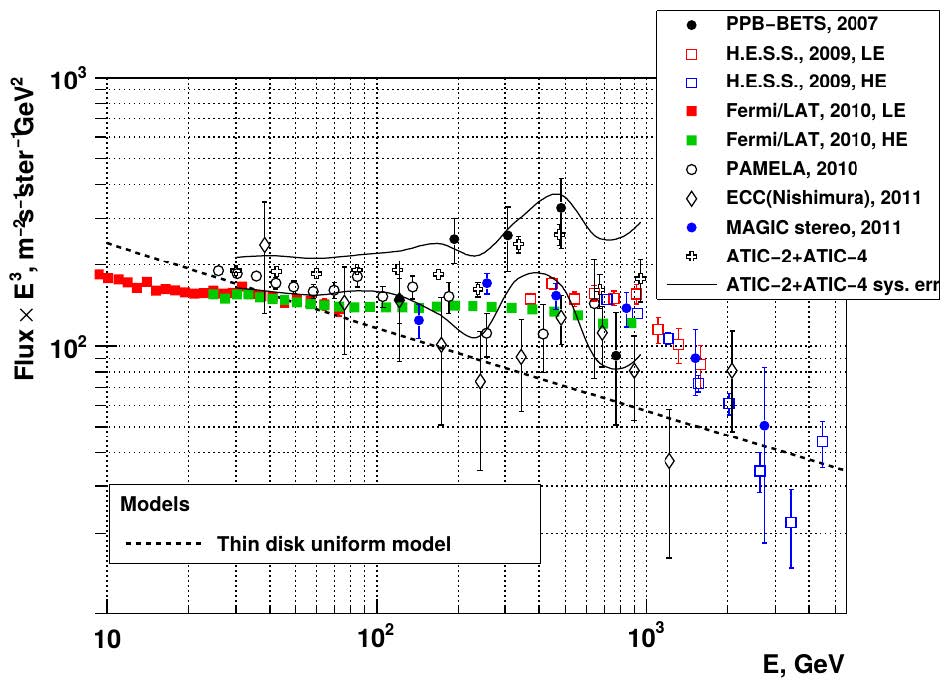
Fig. 9. The spectrum of electrons and positrons
of cosmic rays according to different experiments
(the fig. should be updated -
no AMS-02 data)
8. The
ATIC experiment was detected the thin structure of the spectrum of electrons at
energies above 200 GeV, which can be observed only in the presence of a
high-resolution spectrometer the energy (no less than 10%) and with the use of
sufficiently thin binning of the energy (no more than the same 10%). See. Fig.
10. Adequate conditions of spectrum measurement have not been provided yet in
none of experiments, except the ATIC experiment. That’s why the existence of
thin structure, discovered in ATIC experiment, has not been verified. The
existence of this effect should be tested in new experiments. It should be
noted also that the thin structure was found on the border of statistical
significance (three standard deviations). The statistical significance needs to
be improved in any case.
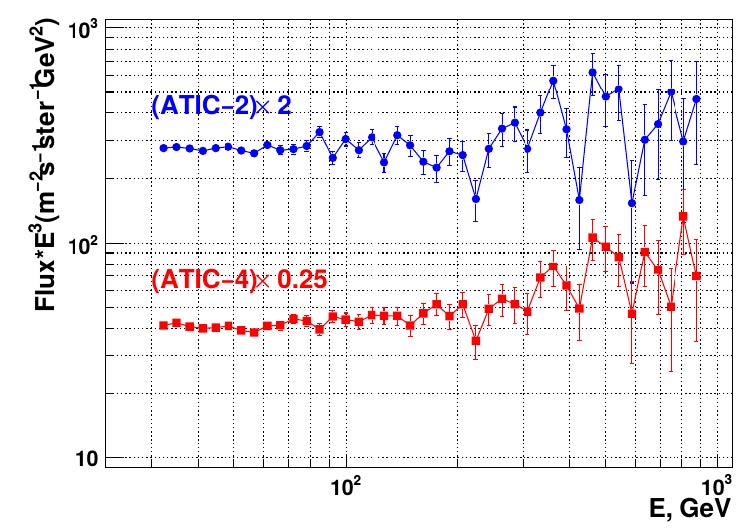
Fig. 10. Thin structure of spectrum of electrons
and positrons according to data of ATIC experiment.
It
should be noted that all phenomena, listed in paragraphs 1-8, have a great
theoretical importance (if they exist). None of them has no generally accepted
theoretical explanation and Its research can make a great contribution to the
understanding of the origin of cosmic ray physics. NUCLEON experiment can give
a significant contribution to the study of all these phenomena and also it can
solve other problems.